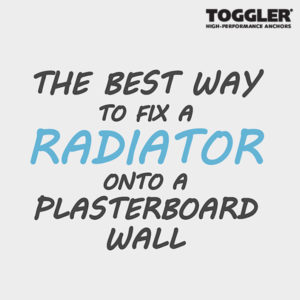Hanging up pictures is a common practice amongst the majority of households; however, it can prove difficult to find a fixing that offers secure holding in hollow substrates such as plasterboard. It is becoming increasingly popular for internal walls to be made up of less substrate allowing for higher amounts of insulation, increasing the household’s EPC rating. Subsequently, causing issues when using a standard wall anchor. Due to the fixing being pulled back through when placed under small amounts of pressure.

The TH Picture Hook anchor is a cost-effective solution to confidently fix pictures to hollow walls. Designed to provide vibration-proof holding in hollow substrates up to 13mm thick, this anchor comes with a built-in hook for hanging pictures with no need for additional fixtures. Featuring several benefits over standard fixings, the Picture Hook anchor installs through a hole of only 8mm diameter and has anti-rotation fins to prevent spin-out, a common issue found with regular hollow wall anchors.
Whilst other anchors may look similar to the Picture Hook in design, they often require a larger installation hole (weakening their hold) and damage the rear side of the wall, especially those made from metal. These are often limited to a designated grip range making them useless in unexpected situations, whereas the Picture Hook has a grip range of 9.5-13mm.
Suited for medium-duty applications the TH Picture Hook offers a Tensile Load of up to 65kg and Shear Load of up to 76kg in 12.5mm plasterboard (*UWL). Making it strong enough to hold even the heaviest of picture frames in hollow substrates, something that standard fixings simply can’t offer.
Unlike standard hollow wall anchors, the Picture Hook is corrosion proof, accepts a wide range of screw sizes (3.5-6mm diameter) and allows the screw to be removed and re-inserted without warping the fixing and reducing its hold strength.

Using the TH Picture Hook anchor, a picture can be securely locked to hollow walls in four simple steps.
- Drill an 8mm hole into the wall and fold the anchor in the middle.
- Insert the anchor into the hole and tap until flush.
- Insert the red key provided to pop the anchor open behind the hollow wall (do not hammer the key and remove once the anchor has popped open).
- Insert the screw into the anchor and tighten until flush with the hook head.
*All load weights indicate the ultimate working load (UWL). Industry safety standards recommend ¼ of UWL.






Leave a Reply